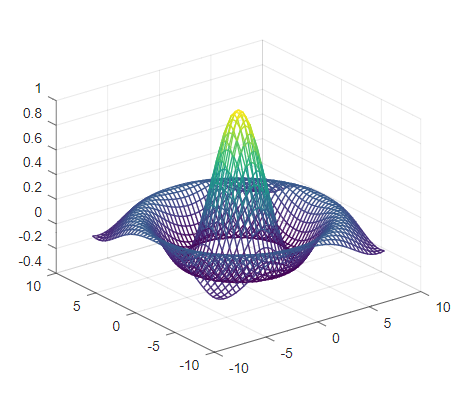If you are keeping up with the latest technology, it will be no wonder to be aware of a memristor. Well, we are aware of the resister, the capacitor and the inductor as three passive elements, and four fundamental circuit variables e.g. voltage, current, charge, and flux. But one more element is required to complete the cycle of equations.
In 1971 Professor Leon Chua at the University of California, Berkeley envisioned that there should be one more element to complete the symmetry and should be a link between magnetic flux and electric charge. Memristance is mathematically modeled as the ratio of change in flux to change in charge. The I-V characteristics of such an element yield a non-linear element. This behavior cannot be synthesized by other three basic elements and need to be classified as a primitive element. Such an element should increase the flow of current in one direction and decreases the flow of current in the opposite direction while retaining its resistance during off condition. Now a days, the definition of memristor has been broadened to include any form of non-volatile memory that is based on resistance switching. For an analogy an flexible pipe can be imagined which increases its radius if water is flowing in one direction, but shrinks if it flows in other direction. If the supply is cut, the pipe maintains its previous radius.

Memristor
The reason that memristor is radically different from all other elements is due to its capability of retaining the memory of past. For a normal user, this would mean that if power to a computer is cut off with a hard shut down, all the applications and documents that are open before the shut down would still be right there at the screen when the computer is restarted. This element is considered to be a sub-category of resistive RAM, and is one of several storage technologies that are predicted to replace flash memory. Scientists at HP Labs built the first working memristor in 2008. Since that time, researchers in many large IT companies have explored how memristors can be used to create smaller, faster, low-power computers that do not require data to be transferred between volatile and non-volatile memory.
In a way, memristor is going to bring a revolutionary change in storage technology. If HP labs announcements are to be believed, its crossbar latch memory integrated in a 3D space can have a memory density of 1 petabyte every cubic centimetre. As per last reporting from HP lab in 2012 access time of such a memory latch was 90 nano-seconds. which is hundred times faster than flash but still much slower than DRAM.
Interestingly memristor is an analog device that can retain its resistance value and hence the new memories made form this need not to be digital (0 or 1 state). This should be able to store and process data in many levels. A true beginning of analog computing.
See more articles on memristor to keep feeding your techie mind. Historical milestones in development of memristor is presented in this post.

